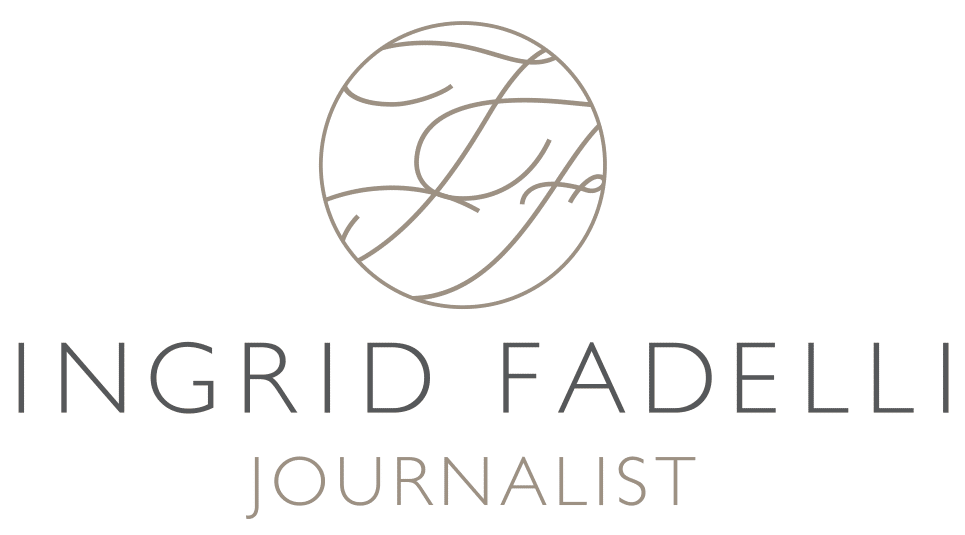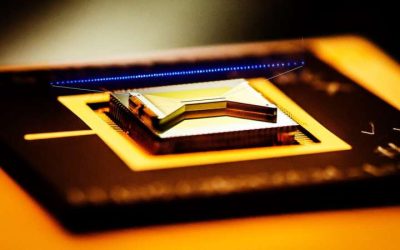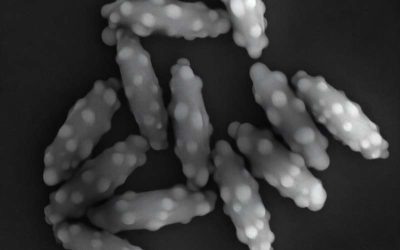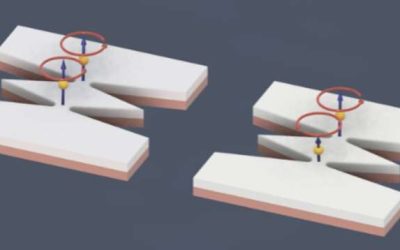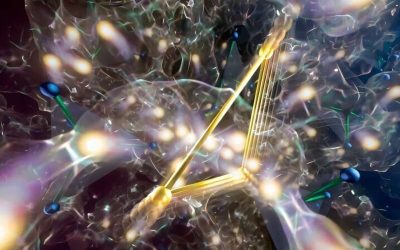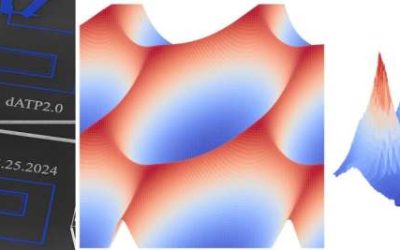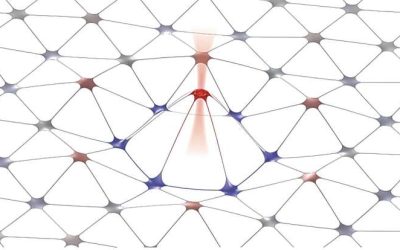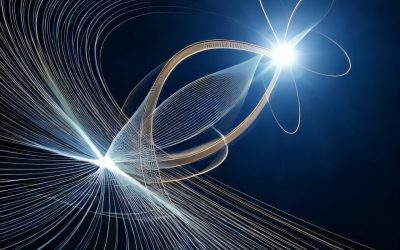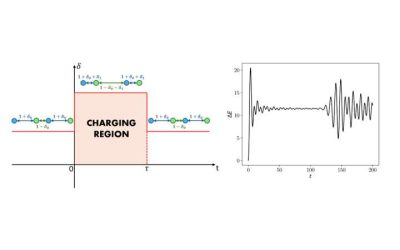Superconductivity is an intriguing property observed in some materials, which entails the ability to conduct electric current combined with an electrical resistance of zero at low temperatures. Physicists have observed this property in various solid materials with...
Condensed Matter
Researchers observe a phase transition in a 1D chain of atoms using a quantum simulator
Phase transitions, shifts between different states of matter, are widely explored physical phenomena. So far, these transitions have primarily been studied in three-dimensional (3D) and two-dimensional (2D) systems, yet theories suggest that they could also occur in...
Surface roughness disrupts glass transition in colloidal ellipsoids, offering a new material design parameter
The so-called glass transition is the process by which some liquid-like materials become solid-like, without forming a crystalline structure. In contrast to conventional solid materials, which exhibit an orderly atom arrangement, glass is characterized by a disordered...
Study demonstrates phase-tunable spin-wave-mediated mutual synchronization of spin Hall nano-oscillators
Spin Hall nano-oscillators (SHNOs) are nanoscale spintronic devices that convert direct current into high-frequency microwave signals through spin wave auto-oscillations. This is a type of nonlinear magnetization oscillations that are self-sustained without the need...
Using phononic bandgap materials to suppress decoherence in quantum computers
Quantum computers have the potential of outperforming classical computers on some optimization and computational tasks. Compared to classical systems, however, quantum systems are more prone to errors, as they are more sensitive to noise and prone to so-called...
Superionic compound with liquid-like dynamics shows promise as solid-state battery electrolyte
Superionic materials are a class of materials that simultaneously present properties that are characteristic of solids and liquids. Essentially, a set of ions in these materials exhibits liquid-like mobility, even if the materials' underlying atomic structure...
Resistance measurement approach successfully observes topological signatures in multiterminal Josephson junctions
Multiterminal Josephson junctions, nanoscale devices with unique electronic properties, comprise non-superconducting metallic material coupled to three or more superconducting leads. These devices have proved to be promising platforms for the exploration of...
Optical spring enables programmable defect mode in new mechanical crystal
Mechanical crystals, also known as phononic crystals, are materials that can control the propagation of vibrations or sound waves, just like photonic crystals control the flow of light. The introduction of defects in these crystals (i.e., intentional disruptions in...
Pioneering approach expands possibilities for measuring quantum geometry in solids
Understanding and reliably measuring the geometric properties of quantum states can shed new light on the intricate underpinning of various physical phenomena. The quantum geometric tensor (QGT) is a mathematical object that provides a detailed description of how...
New spin quantum battery can be charged without an external field
Over the past few years, some researchers have been working on alternative energy storage systems that leverage the principles of quantum mechanics. These systems, known as quantum batteries, could be more efficient and compact than conventional battery technologies,...
